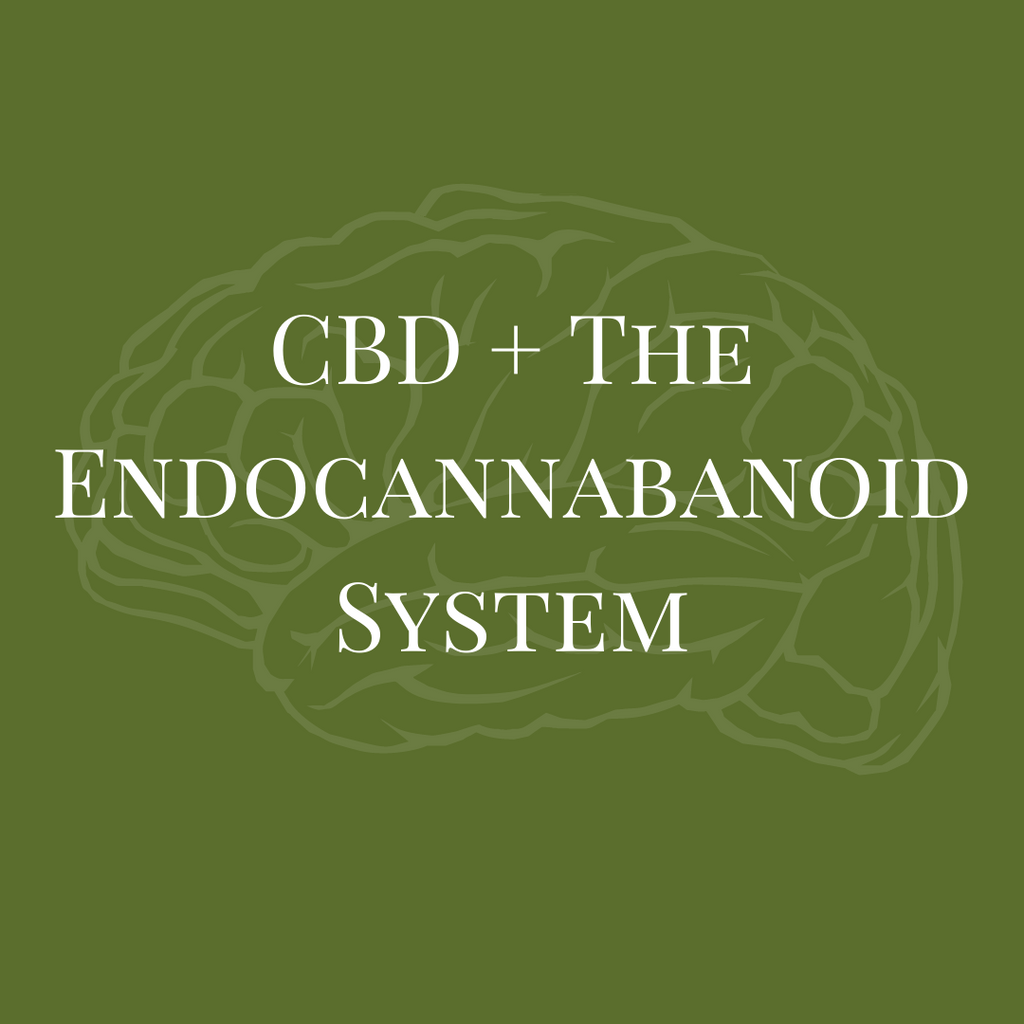What is CBD?
Cannabidiol, or CBD, is a chemical compound known as a cannabanoid found in the cannabis sativa plant, which includes both marijuana and hemp. Interestingly, cannabanoids can be found in many other types of plants, including flaxseeds, black pepper, hops, echnicaea and cacao, among others.
How does CBD work?
CBD works by interacting with the body's own endocannabanoid system (ECS). While other cannabinoids, such as THC, act directly on the cannabinoid receptors in the ECS, cannabidiol instead stimulates the endocannabinoid system to produce its own cannabinoids. In addition, it slows their breakdown so the endocannabinoids can stay in your body longer.
What is the Endocannabanoid System?
Found throughout the brain, central nervous system, connective tissue, immune system, and other organs of nearly all animals, the endocannabanoid system is an endocrine system that performs numerous, diverse tasks in the body all in an effort to maintain homeostasis, or the maintenance of a stable internal environment.
The ECS is made up of receptors, enzymes, and endocannabanoids - chemical compunds produced by cells within our own bodies - that interact with one another. These receptors can also be stimulated by chemical compounds derived from plants, known as phytocannabanoids.
Why is the ECS important?
The ECS network is the largest system of receptors in the body, and some scientists believe it may be the most important physiological system involved in maintaining human health. Endocannabanoids act as neuromodulators (brain messengers) and regulate many of the body’s essential physiological functions including appetite, blood pressure, bone growth, tumor modulation, immunity, inflammation, endocrine function, pain sensation, memory and muscle tone.
What are the two primary receptors within the ECS ?
The two primary cannabanoid receptors are CB1 and CB2. CB1 receptors can be found predominantly on nerve cells in the brain and spinal cord and help to regulate appetite and memory. They are also found in some peripheral organs and tissues such as the spleen, white blood cells, endocrine glands, and parts of the reproductive, gastrointestinal and urinary tracts.
Found in abundance on cells in areas relevant to pain, CB1 receptors are 10 times more prevalent in the central nervous system as compared to opioid receptors.
CB2 receptors are also found in the brain and spinal cord, but reside primarily in the immune system and are involved in the modulation of multiple functions, including inflammation and pain response. CB2 receptors are mainly found on white blood cells, in the tonsils, and on the spleen.
To date, only these two types of cannabinoid receptors have been identified, but others may exist.
What are the types of endocannabinoids produced inside the body?The two primary endocannabanoids are 2-arachidonylglyverol (2-AG) and anandamide.
2-AG is the most prevalent compound in the ECS and primarily affects the central and peripheral nervous system. Through these systems it is thought to be responsible for managing appetite, immune system function, and pain. It is also believed to play a role in the inhibition of cancer cell production and apoptosis (the body’s way of killing unhealthy cells).
Ananadamide is known as the "bliss molecule" and can be described as a self-manufactured “natural THC” circulating within the body and is responsible for the regulation of mood. It is understood as the source of runner's high. Eating chocolate also stimulates it.


Leave a comment: